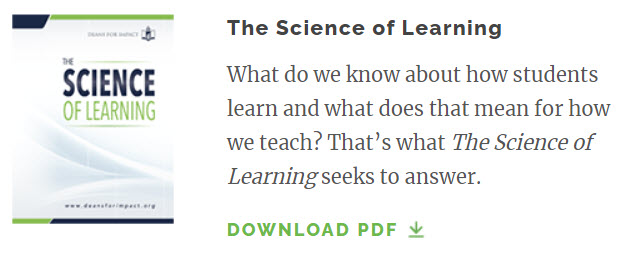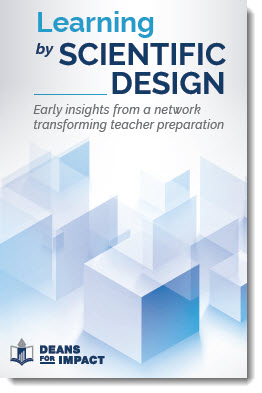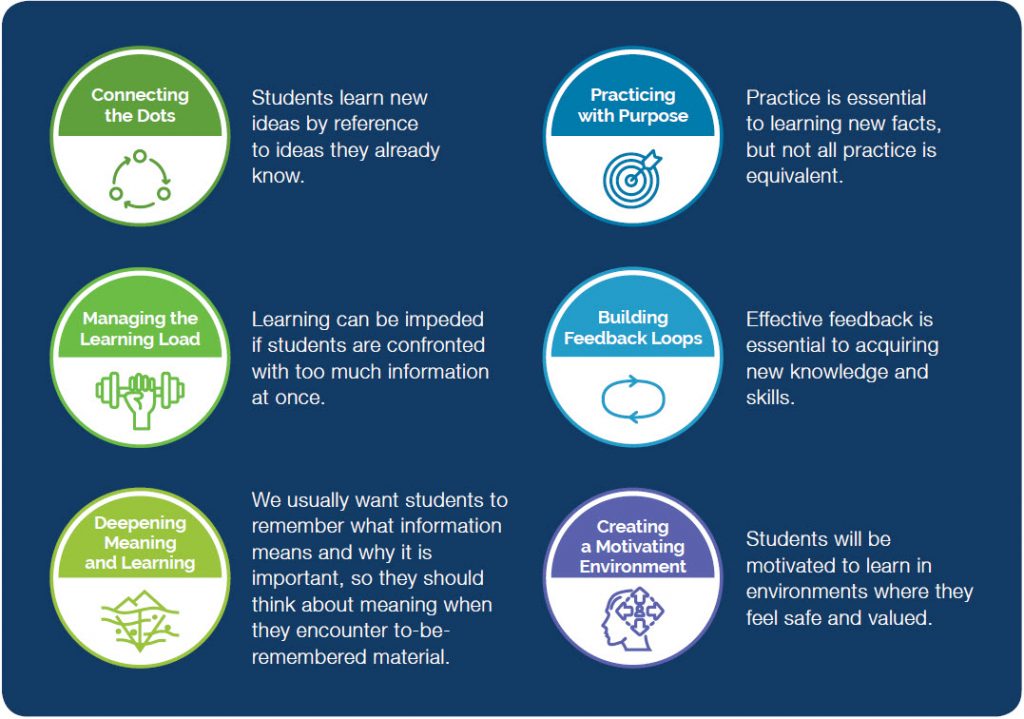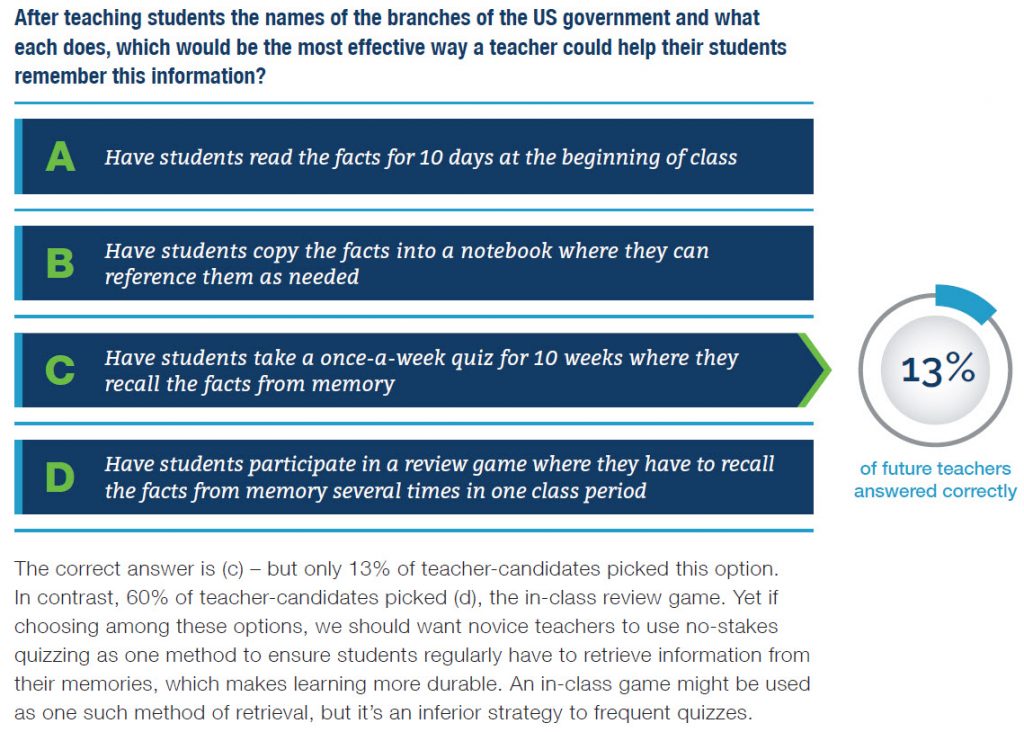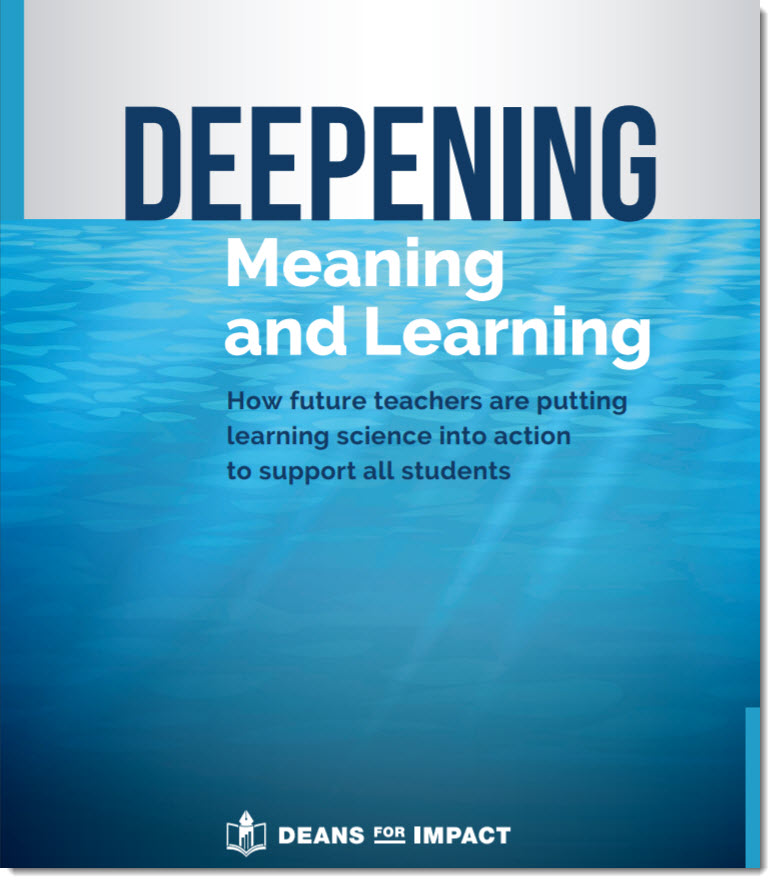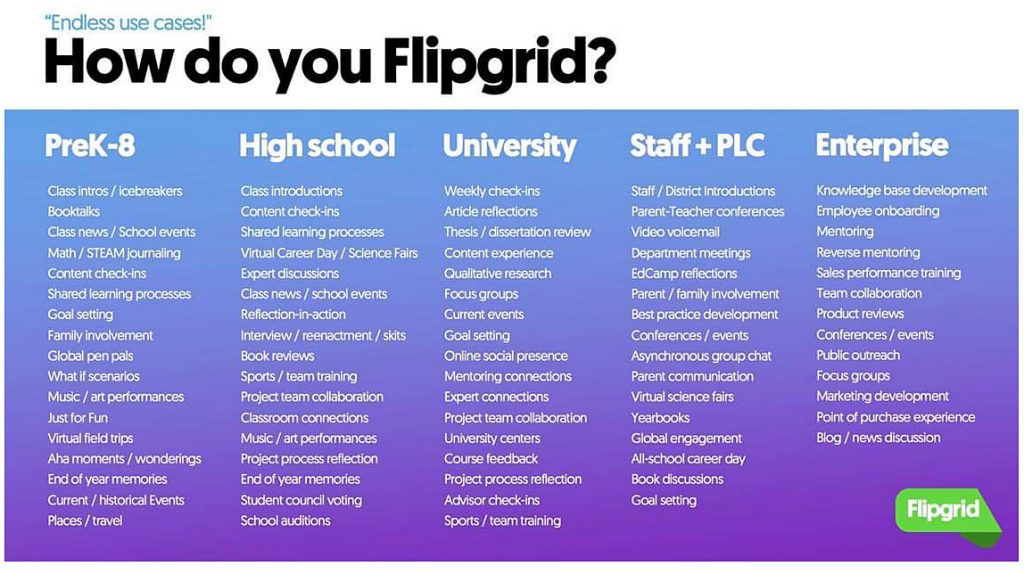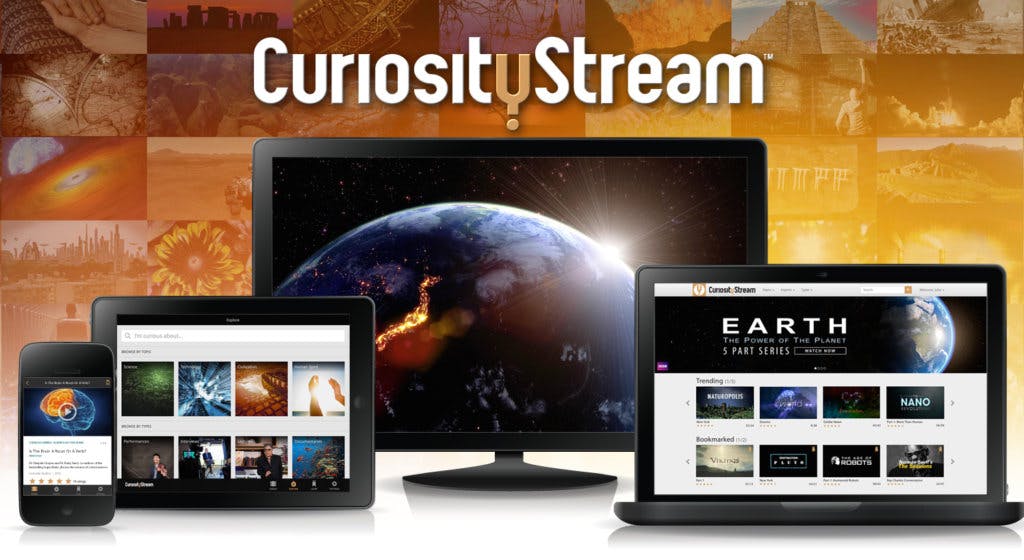NVIDIA OMNIVERSE: Creating and Connecting Virtual Worlds
A NEW ERA OF 3D DESIGN COLLABORATION AND SIMULATION
NVIDIA Omniverse™ is an easily extensible, open platform built for virtual collaboration and real-time physically accurate simulation. Creators, designers, researchers, and engineers can connect major design tools, assets, and projects to collaborate and iterate in a shared virtual space. Developers and software providers can also easily build and sell Extensions, Apps, Connectors, and Microservices on Omniverse’s modular platform to expand its functionality.
Also see:
- Nvidia Stock Leaps After Unveiling Metaverse Software Platform At Annual Tech Conference — from thestreet.com by Martin Baccardax
Nvidia unveiled its ‘Metaverse’ software platform late Monday as it looks to leverage its powerful AI chips into the multi trillion dollar development of the new virtual world. - Nvidia seeks to lead gold rush into the metaverse with new AI tools — from marketwatch.com by Wallace Witkowski
- Nvidia Stock Soars as GTC Conference Gets Under Way. The Metaverse Is Growing. — from barrons.com by Jack Denton
- As Facebook Changes Name to Meta, Company Wants to Pull Education Into Its ‘Metaverse’ — from edsurge.com by Jeffrey R. Young












